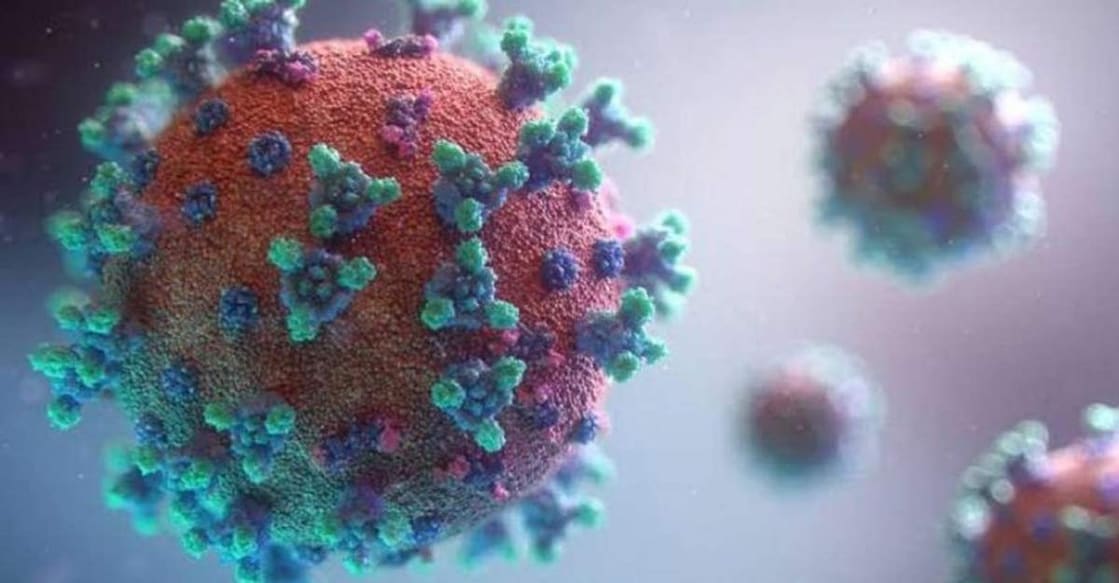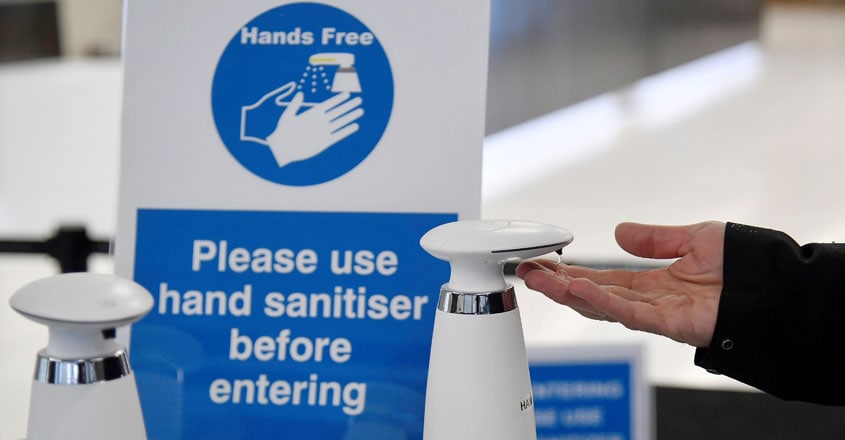COVID-19: Learn from mistakes, prepare for second wave

Mail This Article
The first wave of COVID-19 peaked in different states at different times. The second wave, however, seems to follow a different pattern. The infection rates spike in many states at the same time. States such as Maharashtra, Gujarat, Punjab and Chhattisgarh report more than double the number of daily cases than was reported in the first wave.
The second wave of COVID-19 is a reality. Many states are facing a crisis because they are unable to contain the second wave of the pandemic. Kerala could also face a second wave, going by the indications already available. The daily case number is going up again after a dip. So is the test positivity rate, which has crossed 5 percent after falling to 3.42 percent. We have to buck up to face the situation.
Kerala reached its peak in the first wave three months after many other states. So, we can expect to follow the other states in the second wave too. The number of COVID-19 patients in Kerala could spike in the end of April and May.
Why a second wave?
The resurgence of the pandemic has many factors to blame for.
The prime culprit is the defiance of the people to the norms of COVID-19 protocol. Evidently, we have lowered our guard. Are we at the same level of caution in maintaining social distancing, wearing masks and washing hands? We have given the coronavirus a second chance.
A false sense of safety attributed to the vaccination drive may have also contributed to the lowering of guard. There was a general feeling that we had entered the safe zone with the rollout of vaccination. And many people started ignoring the COVID-19 protocol.
We thought that the pandemic was not coming back. Shopping malls and cinema halls were opened. Trains started to run on schedule. Schools reopened. We started to go back to our normal lives, completely ignoring the possibility of a second wave of infections.
Genetically mutated virus strains can lead to more dangerous rates of infection. Studies regarding the possibility are being done.
What to expect in the second wave?
If the first wave of infections primarily affected urban areas, especially the slums around the metros, the second wave is concentrated on second-tier cities. Nanded and Kolhapur in Maharashtra see massive rates of infection.

Another feature of the second wave is the prevalence of the disease in the middle class. Second-tier cities cannot claim the same level of healthcare facilities as the metros. This could lead to a delay in spotting the infection and offering medical aid. This can lead to higher mortality rates.
The first wave peaked separately in states. Now, a majority of states are reporting the infection rates at the same time. Daily cases have crossed 1 lakh. This could soon reach 1.5 lakh or even 2 lakh.
Kerala is likely to face a second wave of COVID-19 in this situation. About 20 percent of people in India have COVID-19 antibodies in their blood, according to a survey conducted by the ICMR. The vaccination drive might have immunised a further 5 percent of the population. That still leaves 75 percent of the people vulnerable.
In Kerala, 10 percent of the population was found to have antibodies. Even if we estimate that the vaccination drive has given immunity to 5 percent more, 85 percent of the people are still vulnerable to the virus. That heightens the possibility of a second wave of infection in the state.
How to cope?
We have to plan in advance our strategies to deal with a second wave of infection. We were well-planned when the first wave struck. We locked down society to buy us time. The healthcare system prepared well to face the pandemic.
Now, all the healthcare system is back to its normal activities. The specially designed COVID-19 hospitals have returned to their normal operation. They admit non-COVID-19 patients too. The number of healthcare professionals deputed exclusively to deal with COVID-19 has come down too. A majority of health workers are focused on the vaccination drive.
Everywhere the COVID-19 struck for a second time, a shortage of hospital beds has become a major problem. We have to learn from that experience and prepare well in advance for the second wave of infections. We can do it better this time because we have a better understanding about COVID-19 treatment. We have to set up special hospitals, beds and ICUs for COVID-19 expecting a second wave.

Raise the guard
We should return to the habits we had cultivated at the peak of the first wave of the pandemic. Wear mask, sanitize hands and maintain social distancing without fail. Try to keep away from closed room as far as possible. Air the rooms often.
Vaccinate as many people as possible. We have to aim to vaccinate at least 30 to 35 percent of the population in the next one-and-a-half months. That could help us contain the second wave to a large extent. If we were to contain the pandemic effectively, we would need to vaccinate at least 75 percent of the population.
The people who have received vaccines are not completely immune to the disease. Some of them could still contract the virus but the disease may not be as serious in them. Mortality rates can be significantly cut down with vaccination. The other states were not well prepared for a second wave because they never seriously considered the possibility. We have to learn from the mistakes and take all precautions to deal with a fresh wave of the pandemic.
(The writer is a Kochi-based clinical immunologist and public health expert)

